Deserts Are A Bankruptcy Declaration And Climate Change Enhancer
What lies behind sand deserts? A story of ecological disaster.
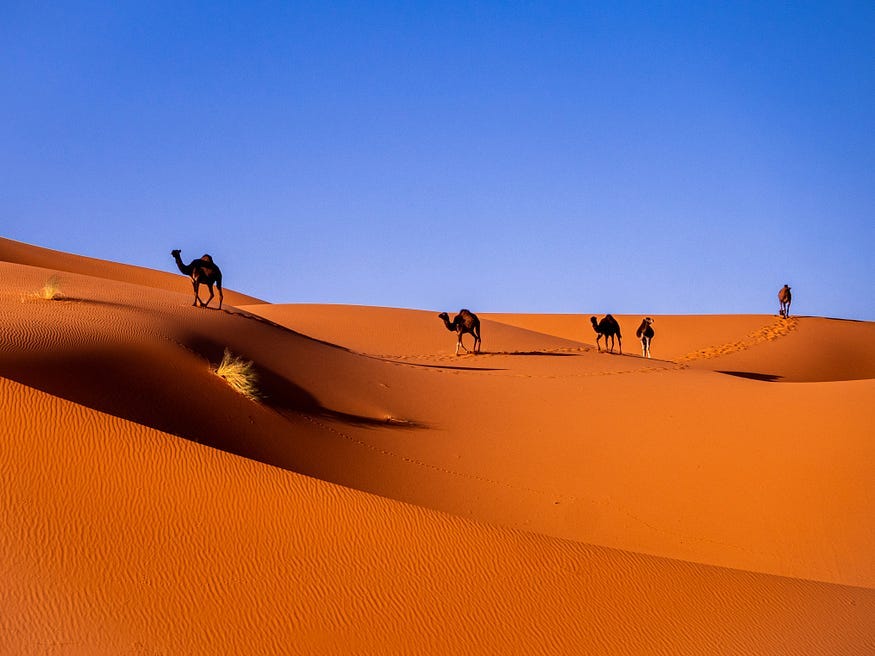
Have you seen documentaries about the Sahara Desert, the Gobi Desert, or others?
Fascinating. Right?
The creatures, lizards, and insects have adapted to these tough conditions. They are admirable.
🏡 Hi, Daniel here. I’ve regained my health after a heart attack. Nature’s wisdom and some smart Lifestyle Changes brought back success in my Life & Business. If you want to learn about my proven steps subscribe to the Fearless YOU newsletter.
But what most of us don’t think about is the question “Where does the desert come from?”
And what is it good for?
Climate change is all over the media. Scientists have presented us with dubious evidence to show that we’ve caused this climate change. Anyone who has paid attention for 5 minutes in physics and chemistry class, knows this is nonsense.
CO2 is the elixir of life on our planet, and thus the basis of all plant growth.
Years ago, as a professional gardener, I helped to gas the greenhouses with CO2 in the evenings. So that the plants grow faster…
What’s more, only 0.04% of it is present in the atmosphere. It’s hard to believe that a percentage so small can have such a big effect on such a complex structure.
Why are there deserts?
Paleontologists are far from unanimous. Deserts are a chain of interrelationships. We still do not understand some of them in detail. However, factors that are repeatedly brought into the discussion are:
- Changes in river courses (whether natural or man-made)
- Overgrazing by animals.
- Overexploitation and the use of chemicals.
- Protected, unused areas.
- Changes in the angle and path of the sun.
We can hardly influence the last point in the foreseeable future.
But we can influence all the others. And in some cases, we can do so in the simplest of ways, as the following examples show.
River courses and bodies of water.
In the 1970s, rivers, and streams in my home country Switzerland were “straightened”. At enormous costs, they forced rivers into new, artificial banks. Mostly with natural stone, but often with concrete for cost reasons. And this had disastrous consequences for adjacent wetlands and riparian landscapes.
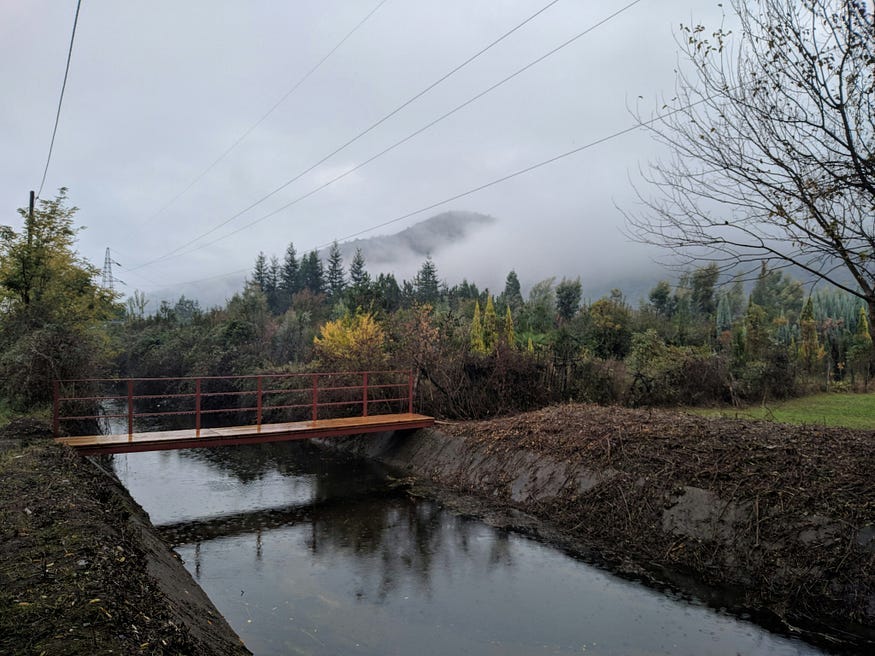
After several floods in the 1990s caused millions in damage, the country’s clever minds sat down at the famous round table. And guess what?
The corrections that were once highly praised for the rivers were reversed.
It was now called “renaturation”.
Nobody wants to talk about the total costs. It must be billions.
The more we change natural water systems, the bigger the surprise can be. Waters are often connected underground. What is celebrated as a good thing above ground is the beginning of a desert several kilometers away!
Overgrazing

We all know the pictures from our vacations. In countries where water is relatively scarce anyway, people herd goats. These cute grazers are all-terrain and, above all, highly efficient!
Letting goats and sheep graze on barren land is only good with strict holistic grazing rules.
Otherwise, these animals are the desert makers par excellence.
However, it would be wrong to condemn the animals.
Because it is us who leads them…
Overexploitation and chemistry.
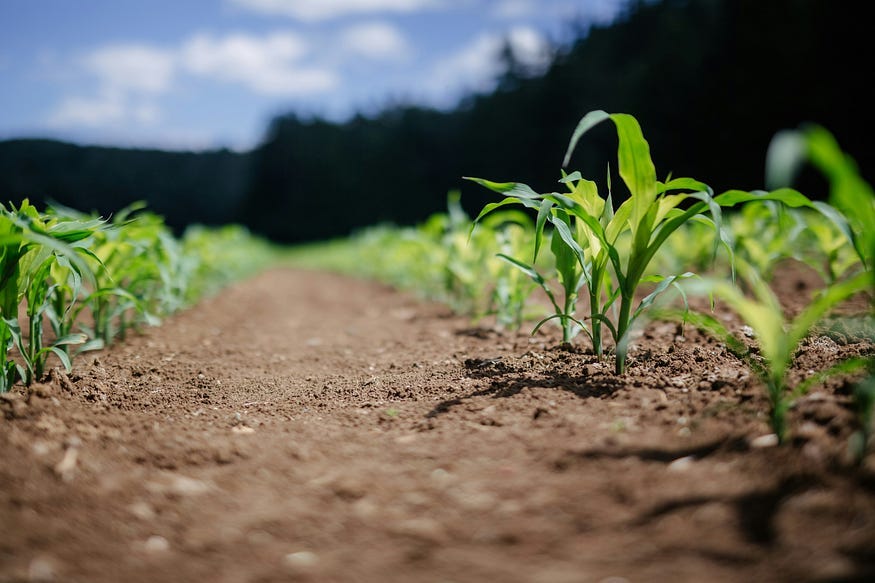
Your tofu (soy) and the beloved avocado have one thing in common.
Like many other crops, they come from huge monocultures. Not only do such crops consume vast amounts of water. They disregard the most important of all natural laws.
Biodiversity.
A huge field full of corn, rice, or any other crop, is first and foremost an invitation to pests. They are magically attracted to the gigantic amount of food.
And humans don’t like to see that. We defend the harvest.
And we use any means to do so.
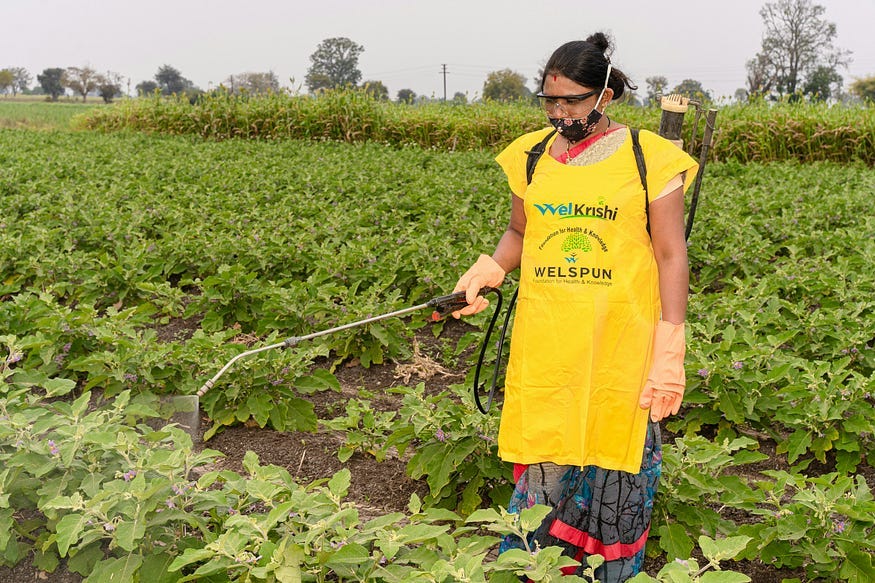
The use of chemicals in modern agriculture isn’t on the decline. Despite the “organic” trend, more and more fields are being sprayed and artificially fertilized.
We completely disregard the fact that we’ve invited the enemy. No bird, no natural enemy can keep it away.
The soil organisms can’t stand up to the chemicals. They die.
And thus lay the foundation for desertification.
At our SanaTerraFarm we work according to the motto: The enemies of my enemies are our friends!
We create habitats for natural enemies. And we don’t need chemicals.
Nature Reservation Practices

The red stones in the evening sun are world-famous. Pictures of Utah’s deserts and other nature reserves around the world are impressive.
And frightening at the same time. The deserts are getting bigger and bigger.
What people think they are protecting is only making things worse.
It’s a vicious circle.
Because no ruminants are grazing, there is no manure, so nothing grows.
By banning the bison, gazelles, and others from the nature reserves, you create deserts. Without wanting to.
But grasses need animals to cut and eat them.
Otherwise, they will disappear one day.
Deserts don’t have to be
I cannot find anything fascinating about deserts. For me, they are Nature’s declaration of bankruptcy.
Mismanagement and ignorance lead to more and more deserts.
But there is also hope.
People who do not accept the decline of biodiversity. But actively oppose desertification.
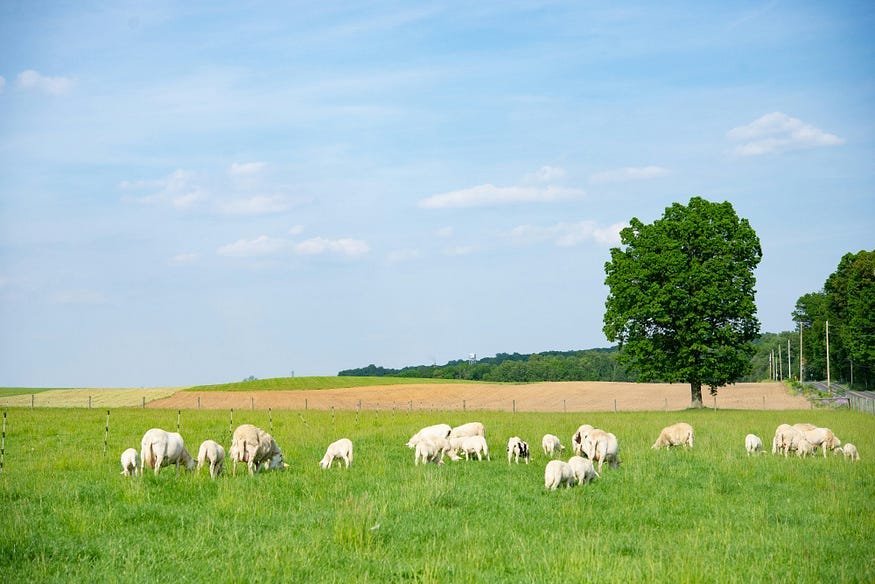
Regeneration is the magic word. Many examples have made their way into our polarizing media. Fascinating projects that prove that a reversal of the situation is entirely possible.
People like Alan Savory and Geoff Lawton have shown us.
The desert can be revegetated. It does not have to be accepted as a dead, unproductive area.
Green spaces and forests influence the Earth’s CO2 and water cycle.
And thus, have a positive impact on the climate.
More than all other measures combined!
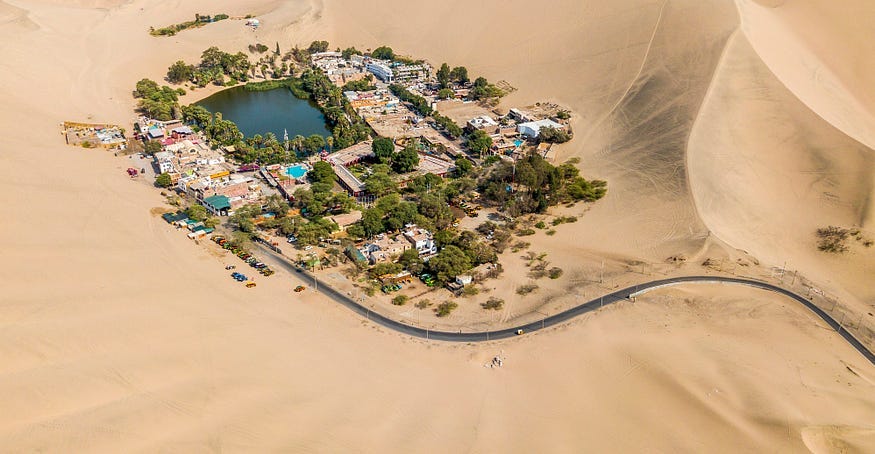
Thanks for reading! Please give the article some love, so others can find it too. :-)
Stay healthy and curious,
Daniel
What’s your opinion on deserts? Please write it in the comments. I’d love to hear your stance on this topic.
PS: If you like words of critical thinking, the mindset to become bold and more self-reliant - then I invite you to become part of our growing community (550+ strong).
If a paid subscription is not possible, please like, share with friends, and comment. It helps others to find the article in the vastness of the internet as well. Thank you!




